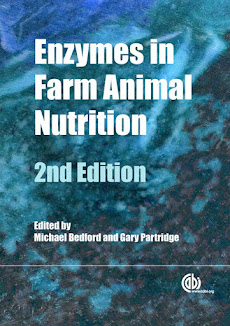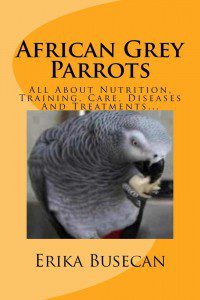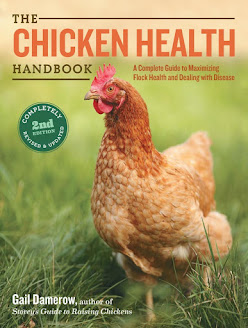Handbook of Exotic Pet Medicine
by Marie Kubiak
October 2020
Easy-to-use, comprehensive reference covering the less common species encountered in general veterinary practice
Handbook of Exotic Pet Medicine provides easy-to-access, detailed information on a wide variety of exotic species that can be encountered in general veterinary practice.
Offering excellent coverage of topics such as basic techniques, preventative health measures, and a formulary for each species, each chapter uses the same easy-to-follow format so that users can find information quickly while working in the clinic. Presented in full colour, with over 400 photographs, the book gives small animal practitioners the confidence to handle and treat more familiar pets such as budgerigars, African grey parrots, bearded dragons, corn snakes, tortoises, pygmy hedgehogs, hamsters and rats. Other species that may be presented less frequently including skunks, marmosets, sugar gliders, koi carp, chameleons and terrapins are also covered in detail to enable clinicians to quickly access relevant information.
- Provides comprehensive coverage of many exotic pet species that veterinarians may encounter in general practice situations
- Presents evidence-based discussions of topics including biological parameters, husbandry, clinical evaluation, hospitalization requirements, common medical and surgical conditions, radiographic imaging, and more
The Handbook of Exotic Pet Medicine is an ideal one-stop reference for the busy general practitioner seeing the occasional exotic animal, veterinary surgeons with an established exotic animal caseload, veterinary students and veterinary nurses wishing to further their knowledge.
Download Links

























